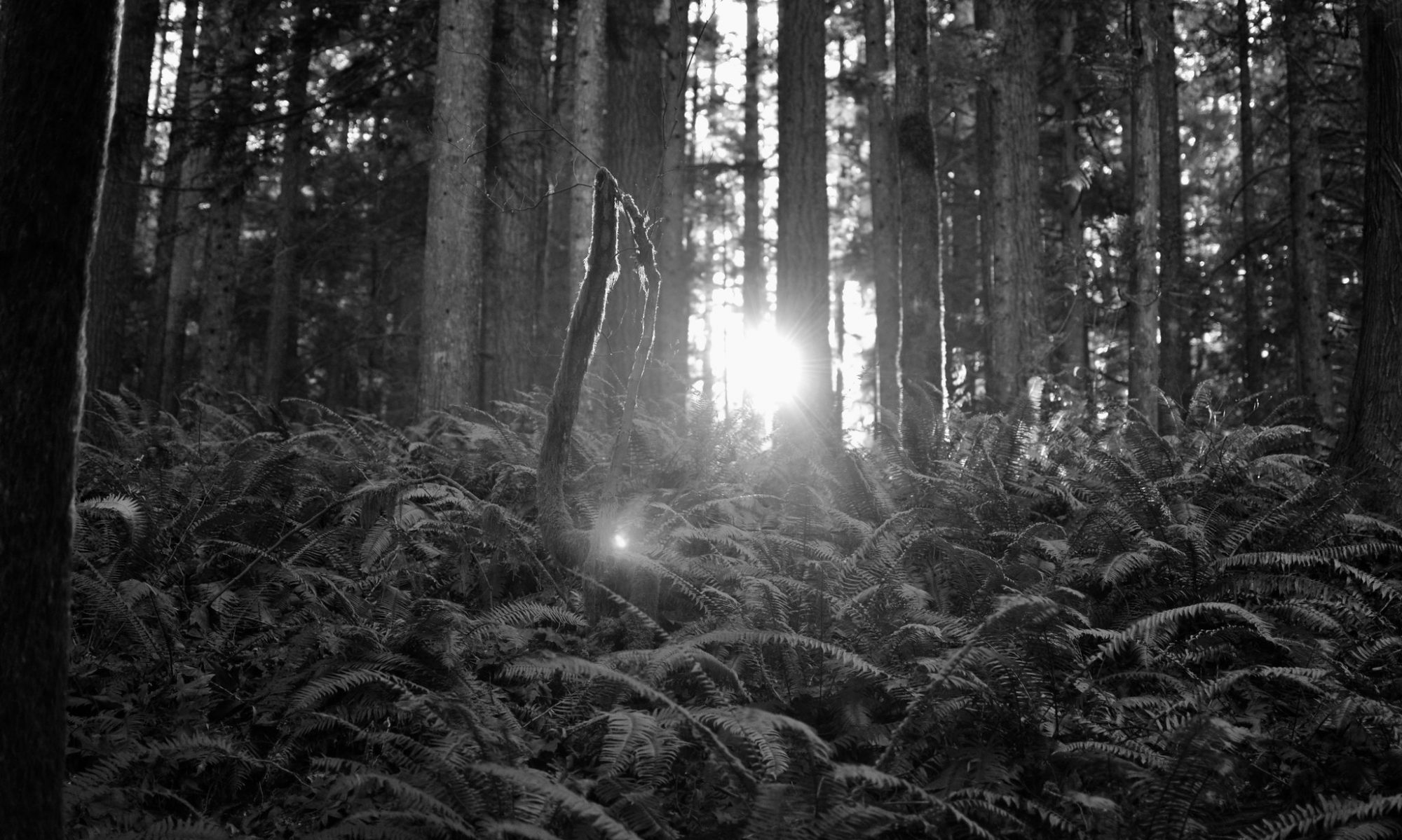
Scientists and science communicators looking to better engage the public with their work can learn a lot from creative writing. In this “toolkit” series, I take lessons from poetry, fiction and creative non-fiction and apply them to the science communication context in order to show how science communicators can leverage the lessons of creative writing to build empathy, emotion and gravity into their work. In this post, I will explore narrative.
Few aspects of human society are so pervasive and central across widely dispersed cultures than storytelling. From the Iliad to Game of Thrones, we humans have always been captivated by a good yarn. Writers of fiction know this. Hollywood directors know this. Even politicians, interested in making an engaging pitch to voters, have learned to capitalize on a compelling narrative.
Yet when it comes to science communication, the power of the story can sometimes get lost. Tasked with teaching the reader something about science, science communicators can sometimes lose sight of an equally important mission—getting readers interested. Granted, a short news article about a recent discovery doesn’t necessarily lend itself to the sort of character arcs and plot twists that Steven Spielberg can rely on. When you’re jointly relying on factual accounts and trying to explain a research concept, incorporating a story is a delicate and trying task.
But making the effort is worth it if you want your work to engage new people and build interest in the content.
Let’s start with what I mean by “narrative.” A narrative is what happens in a story. Typically, narrative specifically relates to what happens to the story’s characters. The classic hero story—the basis for the Iliad, Lord of the Rings, and nearly every Disney film—is perhaps the most pervasive of narratives: someone leaves home to go on a quest, goes through some trials that culminates in a final test, which they overcome, and then returns home changed for the experience.
The hero story, of course, isn’t the only type of narrative. There’s the classic love story—two people meet, fall in love, something comes between them, and then they overcome it. There’s the story of the martyr that sacrifices themselves for a greater cause, inspiring victory (think, 300, Jesus Christ, Joan of Arc). If you’re interested in learning more about story arcs, author Kurt Vonnegut famously explains the most famous arcs in a video recorded at the Association of Writers and Poets Conference. These narratives are so well-known because, for some reason, we as humans tend to be attracted to hearing about people going through similar sorts of things. While science writers might celebrate if people instead were just intrinsically curious about the inner workings of spleen cells, the fact is we’re just not wired that way. If we want to make content that people will consume, we need to take a page from what people actually do consume of their own volition—superhero movies, romance novels and murder mystery podcasts.
So what’s a science writer to do to make their writing sound more like The Avengers? For one, consider their characters. Scientists aren’t just buckets of facts and quotes to pull from to explain a science concept. They are living, breathing people with hobbies and families that probably got into science because of some intriguing childhood experience. They probably have a favorite pipette, and a good reason for it. And they have, at least once in their scientific careers, yelled out loud they were so excited about a discovery. Working small pieces of human drama into a science story can be tremendously helpful in sustaining a reader’s interest.
What aspects of narrative are most helpful? The advice from journalism, “if it bleeds it leads,” is a helpful start. Beyond being attracted to intriguing characters and their development, people tend to consume content that features sex and violence and acts of extreme bravery, bigotry or sacrifice. This may be somewhat disappointing news for those that might dream of a society of people not ruled by animal vices. But the fact that we are animals doesn’t mean your writing or your presentation needs to sound like a tabloid. It simply needs to be mindful of what draws people’s attention. Things need to happen to your characters or your atoms or your viruses by the end of the story. Nothing in life is static.
As science communicators, it is our responsibility to pull the reader through a piece by capitalizing on the lessons of narrative. If, at the end of your story, nothing happens to anyone, then you need to change your approach.
